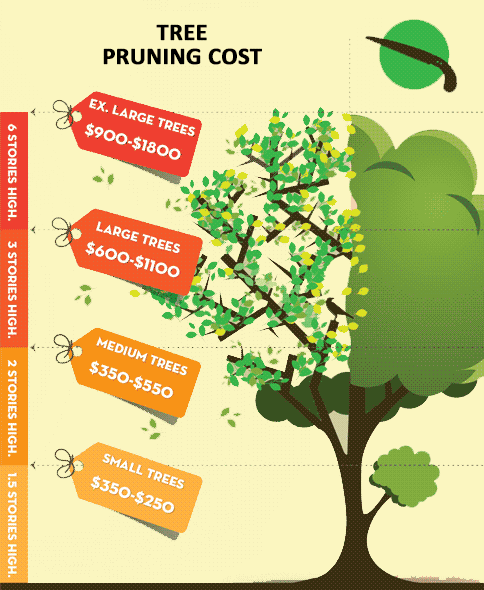Indications Indicating The Need For Tree Elimination: Determining Risky Trees
Indications Indicating The Need For Tree Elimination: Determining Risky Trees
Blog Article
Staff Writer-Truelsen Butcher
When it concerns tree care, acknowledging the indicators that it's time for removal is important for your security and home. When Do You Prune A Peach Tree might observe stained leaves, wilting branches, or odd fungal growths suggesting health issue. Architectural concerns, like a significant lean or fractures in the trunk, can also present dangers. Comprehending these warning signs can help you make educated decisions about your trees and avoid prospective dangers prowling in your backyard. What should you seek following?
Indications of Decay and Condition
When you observe signs of degeneration and illness in your trees, it's essential to act swiftly. Look for discolored leaves, wilting branches, or unusual developments like fungi. These can show that your tree is having a hard time.
If you see cracks in the bark or soft, mushy wood, these signs suggest internal decay. Additionally, an abrupt boost in parasites around your tree can signify that it's compromised and prone.
Look for any kind of dead or passing away arm or legs, as they posture a threat to your residential property and safety and security. If you're uncertain concerning what you see, consulting an arborist can give clarity.
Attending to these indications early can conserve you from much more comprehensive damage and ensure the health of your backyard. Do not wait up until it's far too late.
Structural Instability and Leaning
As you observe your trees, keep an eye out for any type of indicators of structural instability or leaning. If a tree leans substantially, it might suggest that the origin system is endangered.
Look for any splits in the trunk or dirt around the base; these can indicate prospective failure. Additionally, check for uncommon growth patterns, like a lopsided crown, which may recommend that the tree is having a hard time to hold itself upright.
If you discover that the tree leans toward your home, power lines, or various other frameworks, it postures a better danger. Do not ignore go right here -- seek advice from an arborist to evaluate the scenario.
Doing something about it early can avoid expensive damage and guarantee your safety.
Dead or Dying Branches and Foliage
If you observe dead or dying branches and foliage on your tree, it's a clear indication that something's wrong.
These undesirable locations can indicate underlying issues like disease, parasite problems, or ecological tension. When branches lose their fallen leaves or transform brown, they're no more adding to the tree's health. Disregarding these indicators might bring about further decline, making your tree much more dangerous.
Dead branches can quickly break short throughout tornados, presenting a threat to residential or commercial property and people nearby. It's crucial to assess the extent of the damages.
If the trouble affects a considerable part of the tree, think about consulting a professional. They can help establish if elimination is required to make certain safety and security and maintain the appeal of your landscape.
Conclusion
If you see any type of signs of degeneration, structural instability, or dead branches on your trees, don't ignore them. These indicators can pose serious safety risks to you and your home. It's always best to consult a professional arborist who can offer an expert analysis of your trees. Doing something about it early can protect against crashes and costly damages, guaranteeing your landscape remains risk-free and healthy. Bear in mind, it's much better to be proactive regarding tree treatment than to wait on a catastrophe to happen.
